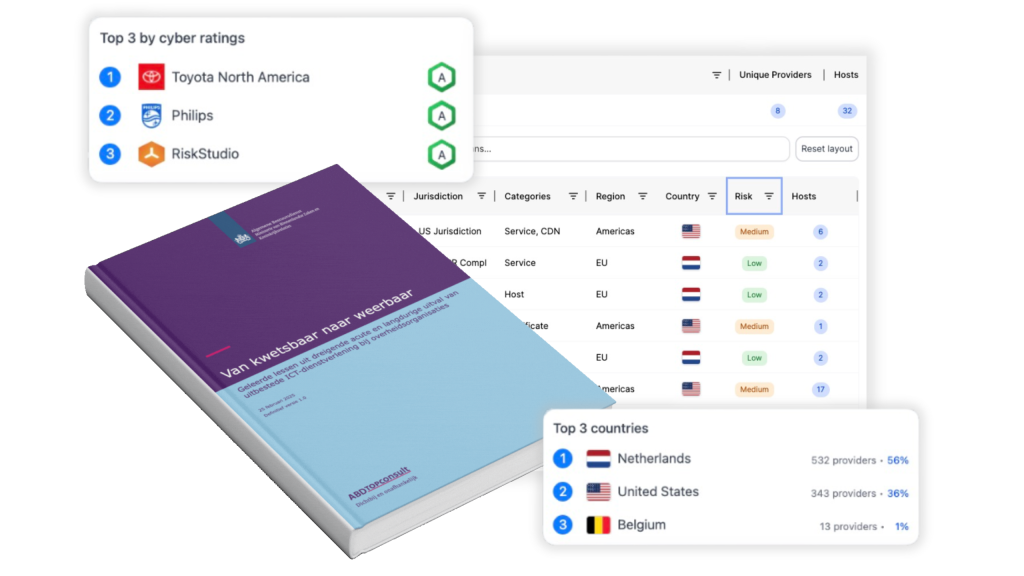TPRM (Third-Party Risk Management) is the process of identifying, assessing, and managing the risks associated with external parties such as suppliers, service providers, or partners. These risks can include cybersecurity threats, regulatory non-compliance, reputational harm, financial instability, or operational disruptions. As ecosystems become more interconnected, TPRM is critical for maintaining control over your digital and organizational resilience.
Why is TPRM important?
Organizations increasingly depend on third parties. From cloud services and software vendors to logistics firms and consultants — each relationship introduces potential risk. Common issues include:
- Cyberattacks via suppliers (like SolarWinds or MOVEit);
- Data breaches caused by external processors;
- Regulatory violations by vendors that impact your compliance.
TPRM brings structure to this challenge. It enables transparency, supports regulatory compliance (e.g., NIS2, GDPR, DORA), and promotes responsible business practices.
How does TPRM work?
A mature TPRM process typically includes:
- Inventory: which third parties are you using, and for what?
- Risk classification: what would the impact of an incident be?
- Assessment: how secure, compliant, and stable is the provider?
- Monitoring: how do you track changes, incidents, or emerging risks?
- Response: what actions do you take to mitigate risk?
Traditionally, this involved time-consuming questionnaires and manual checks. Modern platforms like RiskStudio deliver real-time, scalable insights.
TPRM and RiskStudio
RiskStudio is built for organizations that need visibility and control over cyber risks in their supply chain. Instead of relying on slow, manual assessments, our platform gives you fast, objective insights into the digital resilience of third parties. See who’s at risk, where to act, and how to structure your TPRM program effectively. With real-time alerts on breaches, ransomware, or technical vulnerabilities, RiskStudio makes TPRM simple, transparent, and action-oriented.






